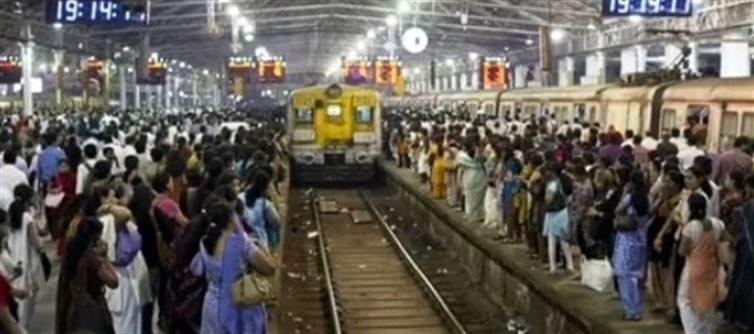
Church Gate, a significant gate of fort St. George, a british fort constructed in the 17th century, is the inspiration behind the name of Churchgate Station. The station was founded in 1870, close to the same location after this gate was dismantled in the 1860s to make room for Mumbai's growth.
In 1855, the indian Railways began operating here. In 1870, Churchgate station was first identified. The railway line was cut in 1931, making Churchgate the final stop instead of Colaba, which had previously been the terminus.
When did the indian Railway start service from this station?
There are four platforms in all at the station. These were expanded in 2010 to make room for a train with 15 coaches. Here, the high frequency of Mumbai's local rail service is managed by four electrified lines.
What are the features of the Churchgate Station?
Churchgate station is where local trains on the Western Line terminate, but no long-distance trains begin or conclude there. Every day, around 819 trains travel through this area. At 04:15 am, the first train departs for Virar, and at 1:00 am, the last train departs for Borivali.
It is a significant train station with a lot of amenities for travelers. Here, people can wait while sitting. Food booths and restrooms have been set up properly. In 2019, a large food court was also established here.
This station is close to Mantralaya, Nariman Point, and Fort. The distance to Marine Drive is just 400 meters. Within two to three kilometers are the Gateway of India, Colaba Market, Flora Fountain, and fashion Street.




 click and follow Indiaherald WhatsApp channel
click and follow Indiaherald WhatsApp channel